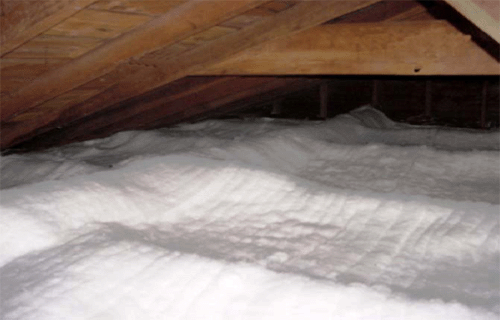Warmth, Breathability and Moisture Wicking
Whether you’re snowboarding in the Alps or rock climbing in the Rockies, you need an insulating fibre that allows for maximum airflow. By capturing and trapping warm air whilst letting cold air escape, the insulation in your technical gear will allow you to remain at a comfortable temperature.
If you’re working hard in the great outdoors and generating a lot of sweat, the more breathable the insulating fabric you wear, the better. Breathability allows the fibres to maintain heat while maximising airflow, allowing for better temperature regulation and enabling you to retain your layers without overheating.
However, any modern insulating fabric also needs to wick moisture away from the skin to keep you feeling cool and dry. Wicking fabric pulls the moisture away from the body through capillary action that pulls the humid moisture from next to your skin to the cooler atmosphere outside your body.
The same wicking technology of a good insulating fabric will also keep the fabric water repellent, allowing you to stay warm and dry even on the most miserable day.
Strength, Weight and Luxury
The best insulating fabrics are strong and lightweight, which is particularly important for outdoor activities where the weight of your technical gear is a real consideration. Stronger fabrics are more durable, and coupled with lightweight technology, they give increased stability and flexibility.
Gone are the days of heavy materials like canvas. With modern fibre technology, you can expect fabrics to have a luxurious soft touch and feel for superior comfort.
Natural vs Manmade Fibres
Good-quality natural down jackets offer more warmth and insulation for their weight than many manmade fibres. They can also compress down for greater portability. If you start to sweat or there’s a sudden downpour and the down fibres start to absorb moisture, they lose nearly all their ability to keep you warm and insulated and take significantly longer to wash, dry and fluff than synthetic fibres. However, they are also far more durable than many synthetic fibres and will last a lifetime of being stuffed into your pack with proper care and attention.
The best synthetics mimic down’s looser structure whilst providing all the advantages of superior wicking and repelling water. Synthetics dry far more quickly and maintain their shape when down is still damp and lumpy. By combining fibres of different lengths and thicknesses, the best synthetic insulating fabrics can replicate down’s superior ability to be warm and compressible.
The bottom line is that a great insulating fibre will keep you warm, dry, cool and comfortable, giving you the luxury and warmth of down with the superior wicking ability and hydrophobic capacity of a synthetic.


